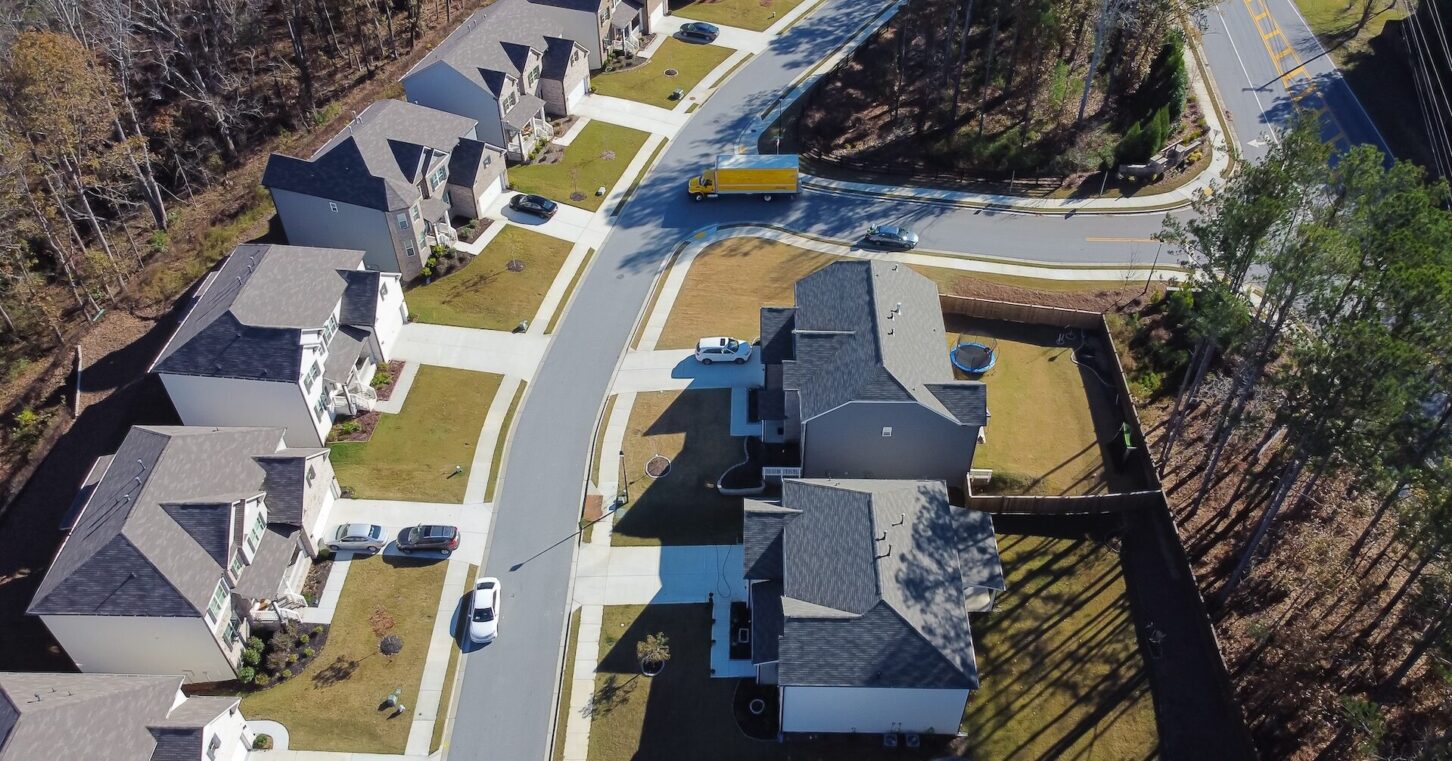
Home prices continue to rise, as do mortgage rates. Meanwhile, people continue to flock to Georgia, increasing the competition for reasonably priced homes.
These fundamentals point to the need for more housing supply. But new housing starts last year were still stuck at late-1990s levels.
So, more supply will require new approaches.
It’s in that spirit that the Georgia Public Policy Foundation is exploring the reasons that building has recovered so slowly, and possible solutions.
Our latest work looks at minimum requirements for single-family home and lot sizes. Higher minimums mean costlier homes. And while any new home construction should provide some relief, these kinds of minimums prevent builders from even considering more modest — and modestly priced — houses.
Our project covered 157 of Georgia’s 159 counties, as well as 126 county seats and 83 other cities within metro Atlanta. All told, that’s about half of the state’s local jurisdictions.
The study reports the largest minimum in each jurisdiction. That’s not comprehensive but it does indicate the most restrictive policies, which is helpful for evaluating the capacity for growth.
For context, we compared lot-size minimums to state recommendations: one acre for lots with septic tanks, and a half-acre for lots with public water and sewage.
The good news is that overly high minimums are not pervasive: Only 31 counties, six county seats and eight metro Atlanta cities have any residential districts with higher lot-size minimums than the state recommendations.
In fact, it was more common to have smaller minimums than the state recommendations: This was the case in 50 counties, 87 county seats and 60 metro Atlanta cities. The other jurisdictions were in line with the state guidelines.
It’s important to remember that these minimums didn’t apply county- or city-wide. In almost every case, these counties and cities had other residential districts with smaller minimums.
The same was true for home-size minimums. Although the state offers no recommendations about home size, we used a threshold of 1,000 square feet.
Here again, excessive minimums were not the rule: Only 16 counties, 25 county seats and 30 metro Atlanta cities had home-size minimums greater than 1,000 square feet. Eight counties, six county seats and three metro Atlanta cities had minimums below that threshold. The other jurisdictions generally didn’t have home-size minimums.
While most of this is good news, there are reasons for Georgians to be wary.
First, anecdotal evidence from the housing industry suggests higher minimums are becoming more prevalent than before. We were not able to find solid data for previous minimums in these jurisdictions, but we will resurvey them in the future and document any changes.
Second, these minimums do contribute to housing prices. Even a 500-square-foot difference, at prevailing building costs of $150 per square foot, could mean a higher price of at least $75,000.
Third, high minimums preclude some innovations in the industry, such as tiny homes. Many tiny homes can be built and installed for far less than $100,000 — but that does Georgians little good if those homes are prohibited in their communities.
Some people may read this and think it’s about pushing higher density. The way I prefer to think about it goes back to the beginning, when we were talking about supply.
In many parts of Georgia, more supply doesn’t mean higher density. Yes, putting two homes on two acres rather than only one technically increases density — but not in the way most people mean when they use the D-word.
In the areas that tend to have greater density, high minimums generally don’t apply anyway. They have already accepted a level of density that other communities wouldn’t want. And that’s OK.
The challenge for Georgia’s cities and counties is permitting more supply without dramatically altering their communities. They can solve that challenge themselves, in ways that suit their residents, but only if they recognize the need to act.
